Where My Health Is Now
Summary: The author outlines her second health assessment on her healing journey.

Here is my latest progress update! I have updated the figures that I have measured since my last health review. All others, I have left in here for sake of completeness.
I have grouped my results into two sections:
- ‘Output‘ are the readings that I have had taken, including blood work, weight etc.
- ‘Input‘ are the things I do to try to help my body (or not, as the case may be!).
PLEASE NOTE: I am not a doctor/physician. My interpretations are my views only. They represent what I have come to understand through my research and therefore should not be considered medically interpreted.
For ease of interpretation, I have grouped my results into categories, according to my own standards of what I wish to attain…
- My healthy results are in green
- My results in need of improvement are in orange
- My results in need of great improvement are in red
Output
Vital Statistics:
Height: 172 cm
Weight: 82 kg
BMI: 27.7
Fitness:
Average Minutes of Exercise (Last Seven Days): 38.6 minutes
Average Number of Hours of Sleep (Last Seven Days): 7.3 hours
Maximum number of sit-ups (to failure): 12 (Last six-week review: 7 sit-ups)
Plank (time to failure): 63 seconds (Last six-week review: 48 seconds)
Maximum Number of Push-ups (to failure): 13 (Last six-week review: 8 push-ups)
Time Taken to Cover One Mile: 11 minutes 59 seconds (Last six-week review: 12 minutes 35 seconds)
Resting Heart Rate: 64 bpm (Last six-week review: 66 bpm)
Diabetes:
HbA1c: 62 mmol/mol
Years of diabetes: 38
Complications: Intermittent background retinopathy. This tends to heal itself between one check-up and the next. I have no background retinopathy currently and no other complications.
Inflammation:
CRP HS: 4.5 mg/l
ECR (Erythrocyte Sedimentation Rate): 5 mm/hr
Interleukin 6 (IL-6): < 1.5 pg/ml
Kidney Health:
Urea: 4.5 mmol/L
Creatinine: 68 umol/L
EGFR: 88
Uric acid: 160 umol/L
ACR: 0.3 ug/mmol
Kidney Health:
Bilirubin: 5 umol/L
ALP: 68 IU/L
ALT: 32 IU/L
GGT: 33 IU/L
Proteins:
Total Protein: 64 g/L
Albumin: 42 g/L
Globulin: 22 g/L
Proteins:
Total cholesterol: 3.9 mmol/L
LDL cholesterol: 1.7 mmol/L
Non HDL cholesterol: 2 mmol/L
HDL cholesterol: 1.9 mmol/L
Total cholesterol: HDL : 2.1
Triglycerides: 0.6 mmol/L
Vitamin and Mineral Blood Readings:
Iron: 13.8 umol/L
TIBC: 44 umol/L
Transferrin Saturation: 31%
Ferritin: 112 ug/L
Magnesium – serum: 0.73 mmol/L
Folate – serum: 14.4 ug/L
Vitamin B12 – Active: 137 pmol/L
Vitamin D: 73 nmol/L
Thyroid Functioning:
TSH: 0.84 mIU/L
Free T3: 4.8 pmol/L
Free Thyroxine: 15 pmol/l
Improvements in My Output:
I have lost some weight and therefore decreased my BMI (although it is still currently too high). My fitness has also improved on all measures, which I am proud of. I am still being a bit lazy with my exercise – it’s what naturally happens in my week, rather than any planned activities. I also want to start focusing on my sleep. I am better if I have at least 7.5 hours a night so this will be an area for me to focus on.
My Subjective Assessment of My ‘Output’:
My nutrition has improved dramatically since the last review – as I was expecting would happen when eating solely natural foods on Whole30! I hope that, as I continue to eat well for my body, my fitness and general feeling of wellbeing will continue to improve.
Input:
Medications:
I don’t take any medications at all, apart from insulin.
Diabetes:
Carbohydrates per day (average of the last week): 44.6 grams
Insulin dosages per day (average of the last week): 18.2 units consisting of 7.2 units of Novorapid and 11 units of Lantus (5 units of Lantus at night and 6 units of Lantus in the morning)
Vitamin And Mineral Supplements Taken:
My Subjective Assessment Of My ‘Input’:

GET HEALINGT1D’S FUTURE ARTICLES IN YOUR INBOX!
Get the latest musings and findings straight to your email inbox.

Natalie is a blogger with Type 1 Diabetes. Natalie’s special gifts are questioning the status quo and being a rebel. She is using these gifts to question medical ‘knowledge’ and find a true cure for Type 1 Diabetes.




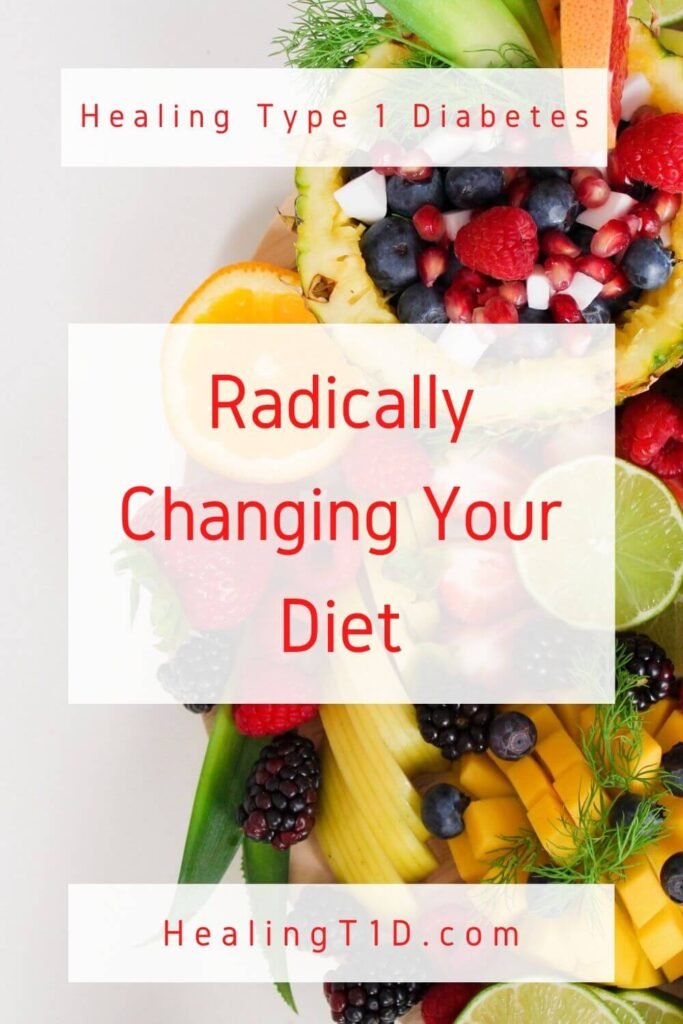


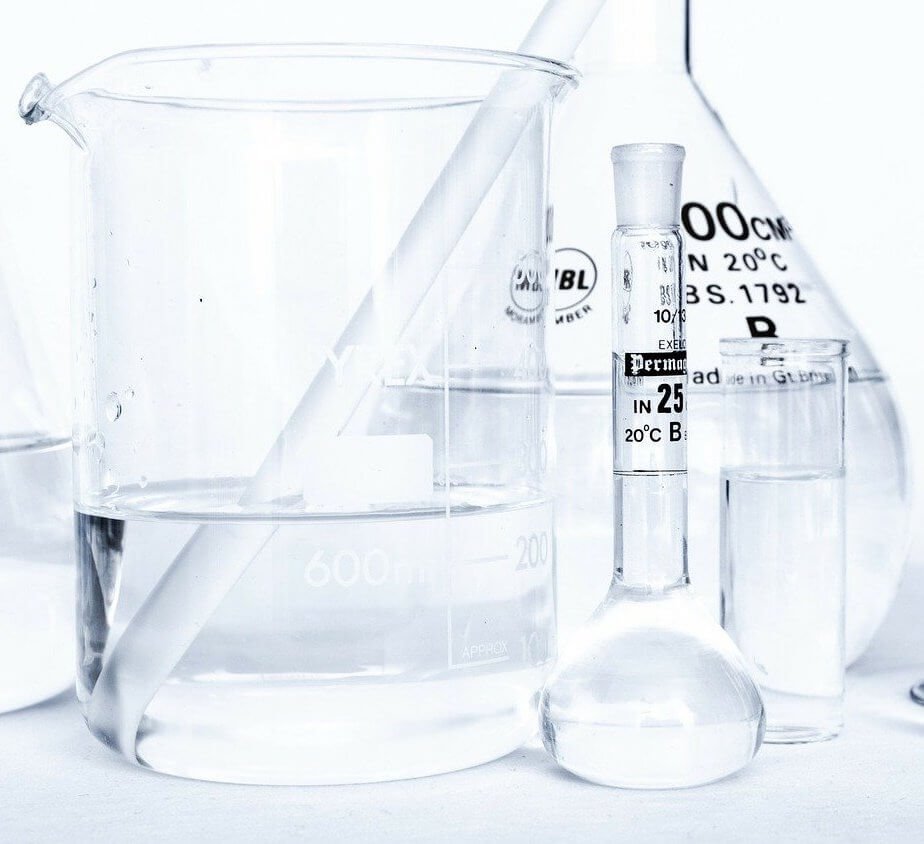





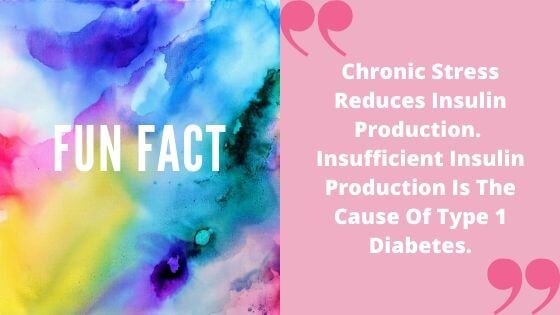
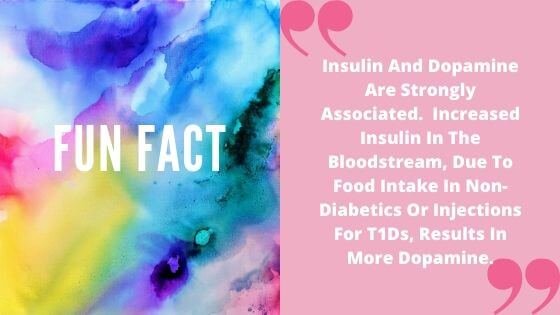
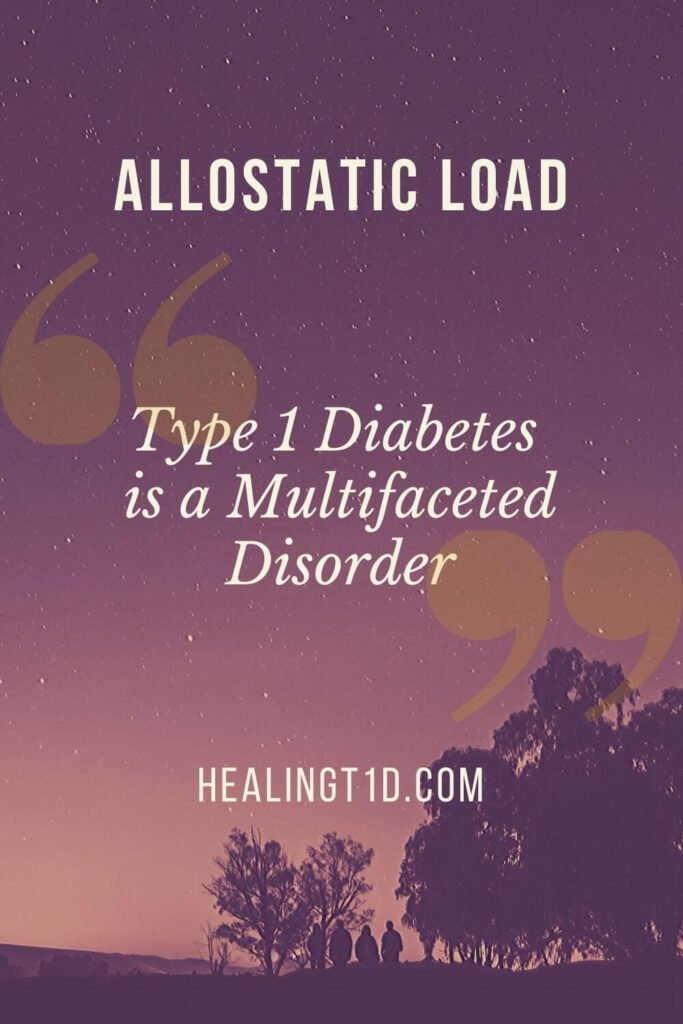
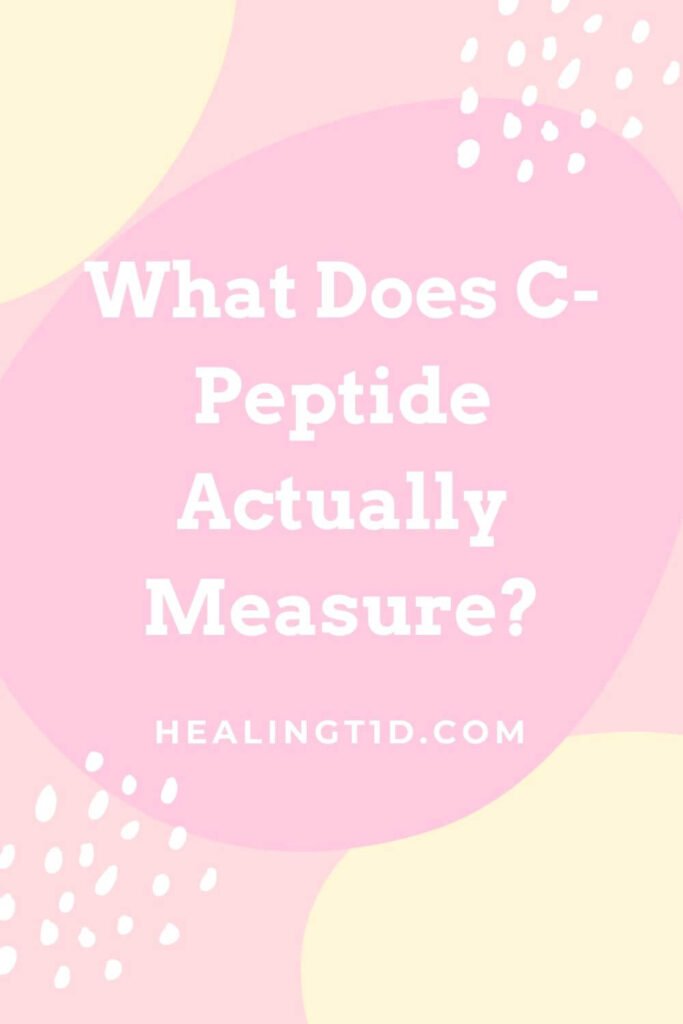
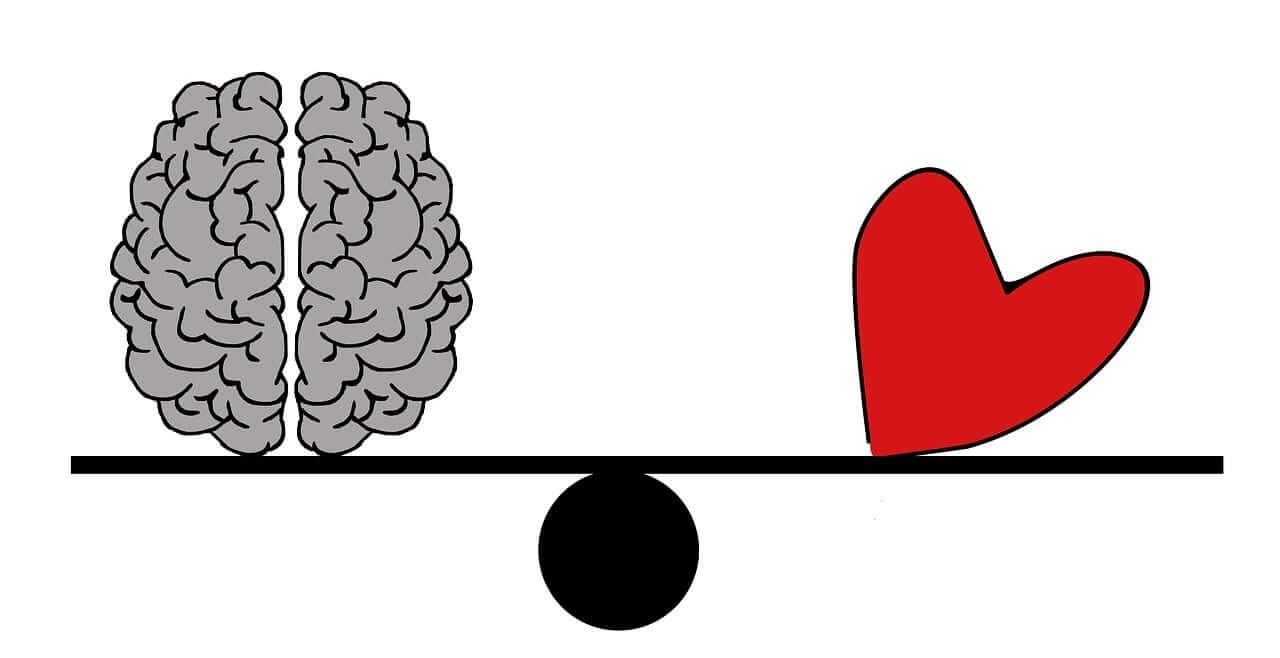


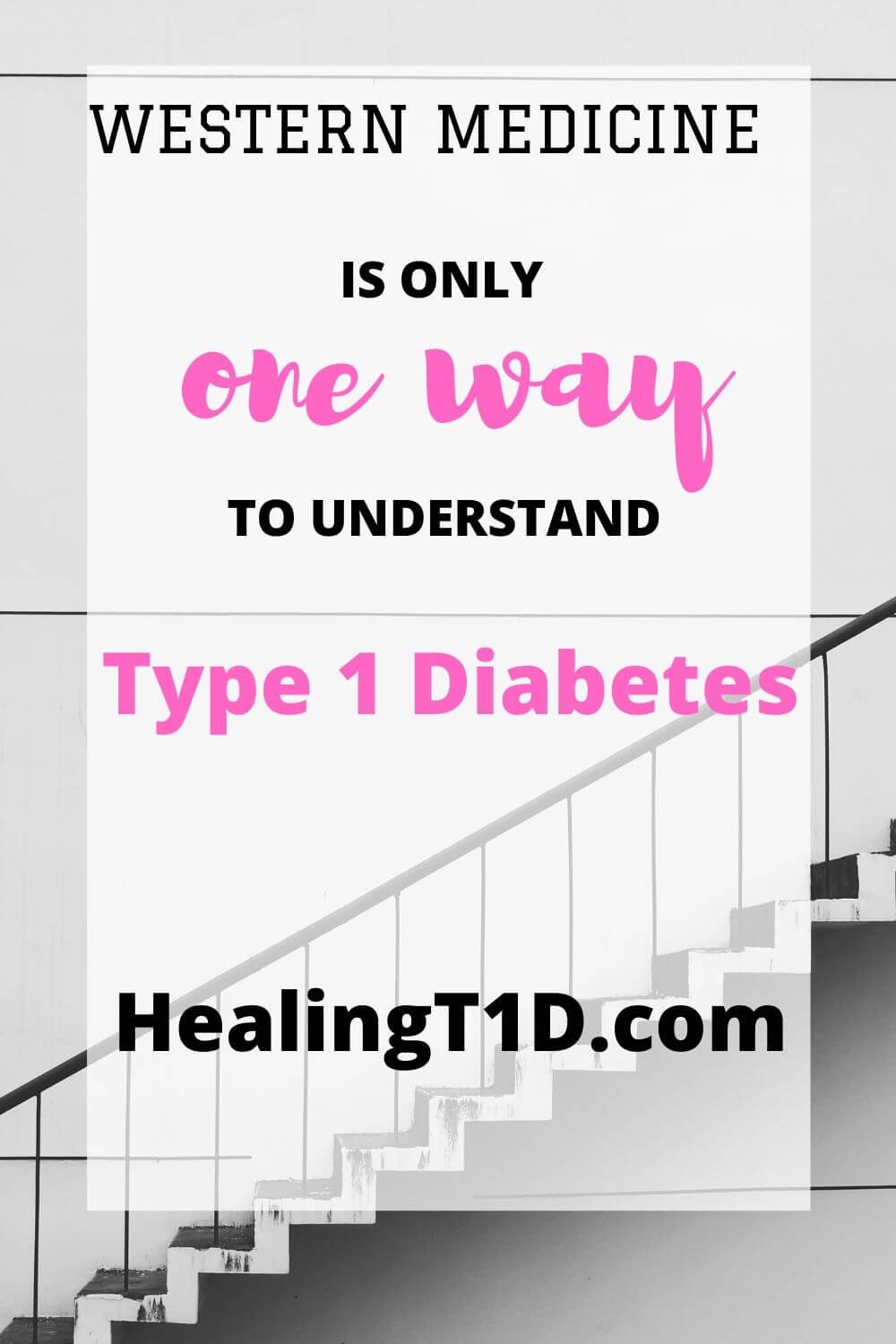

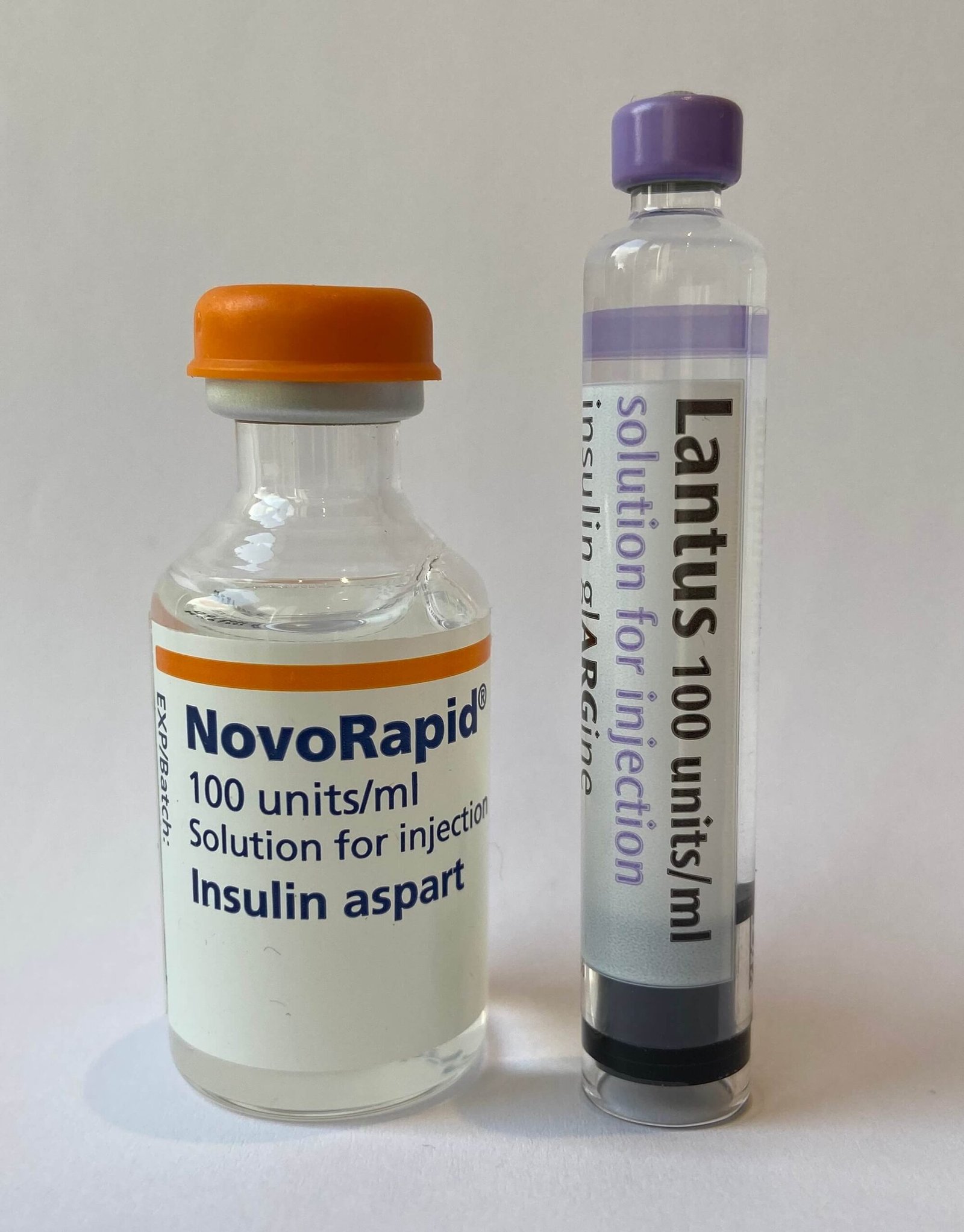
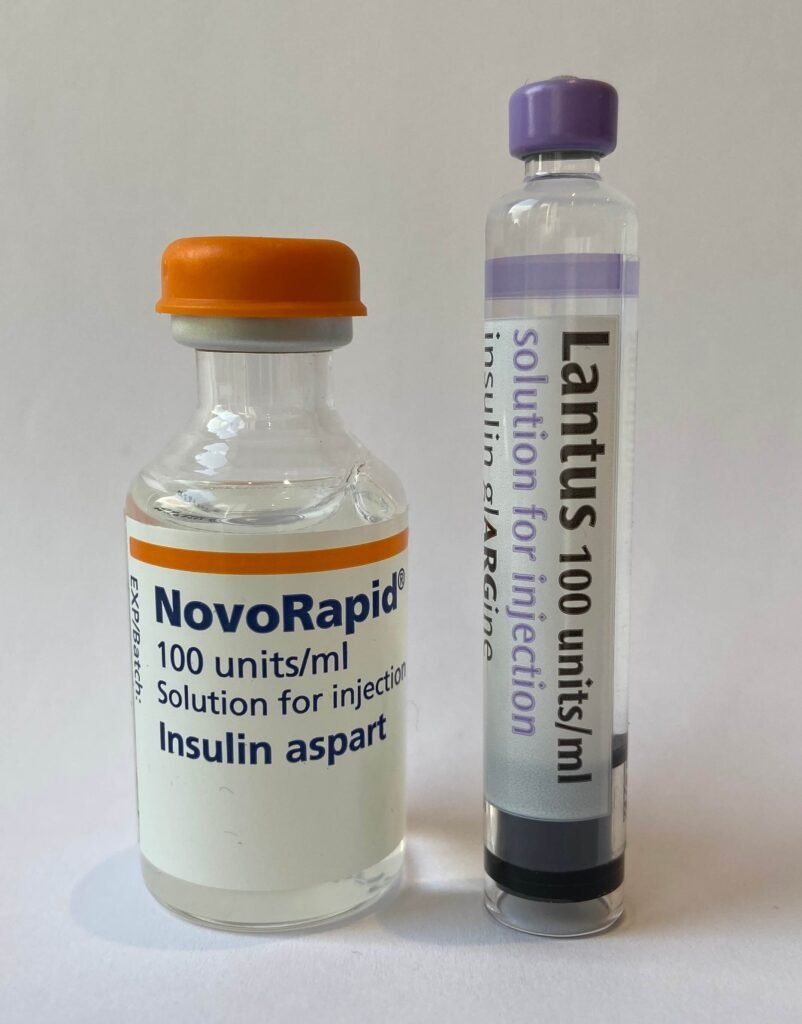

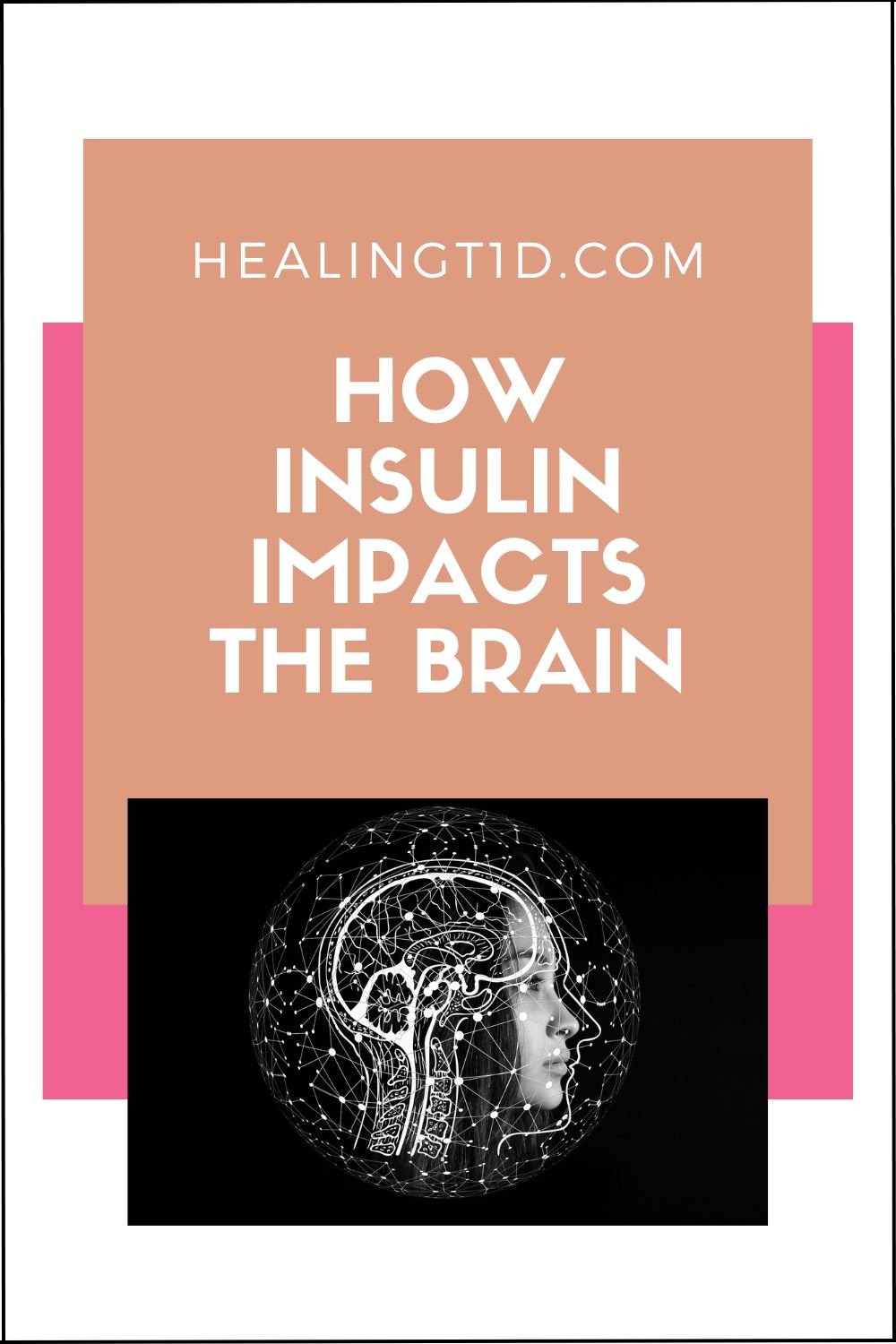
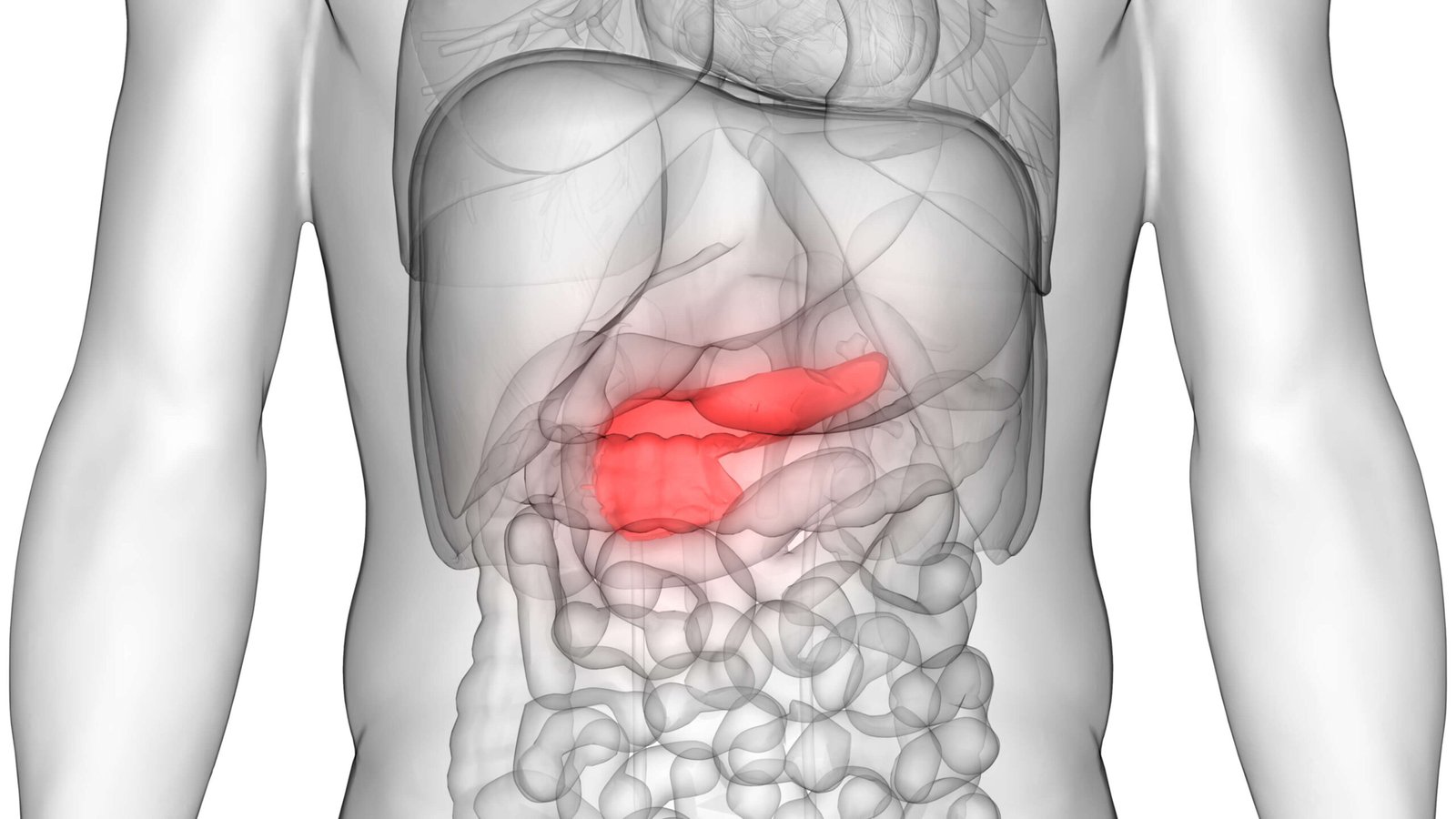

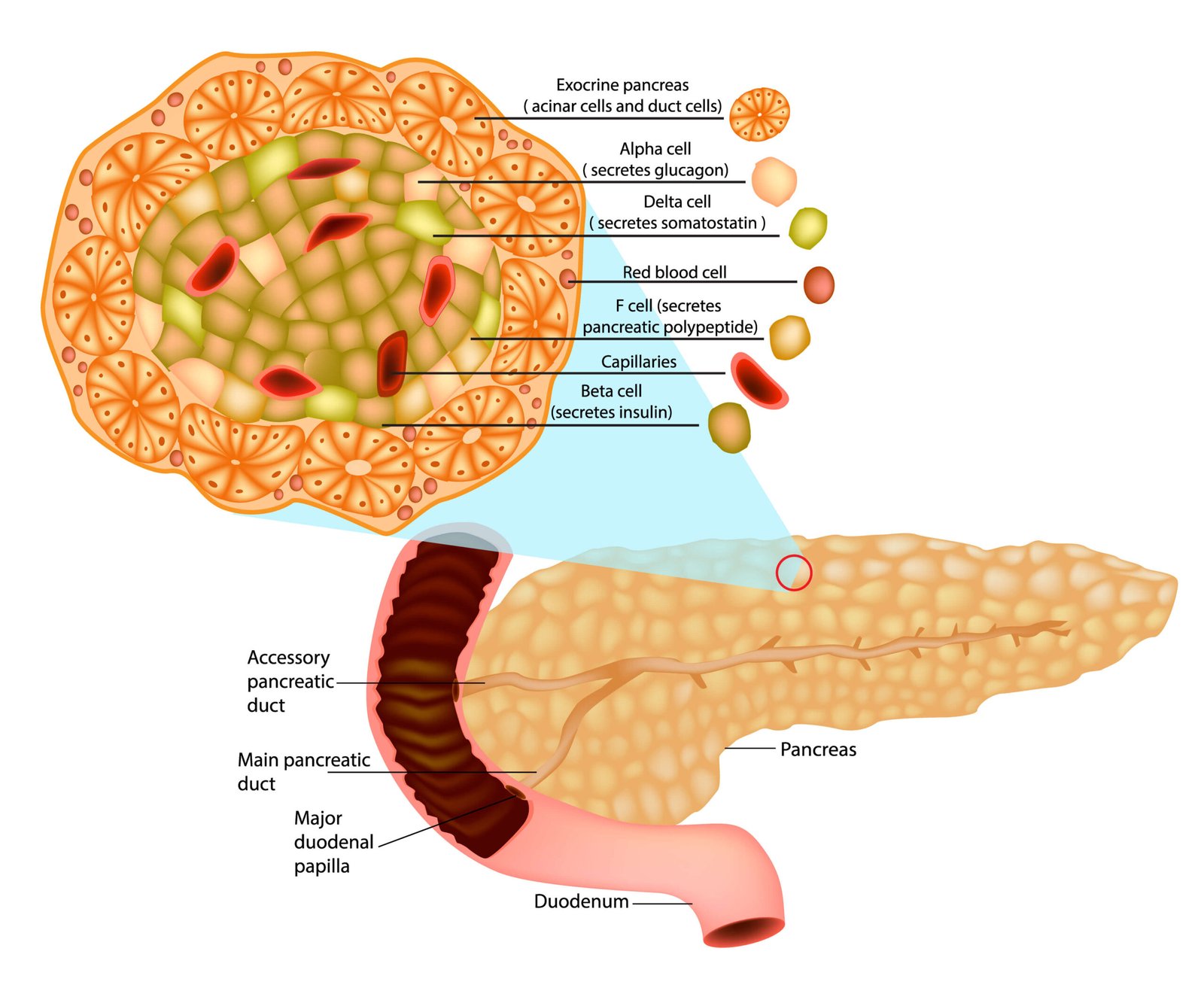
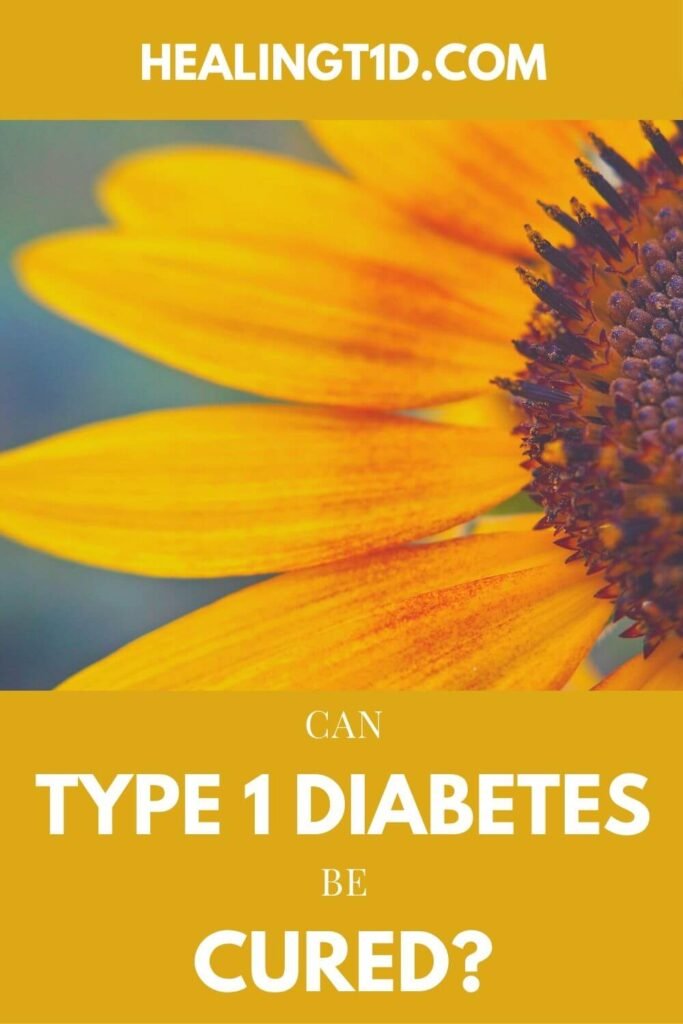
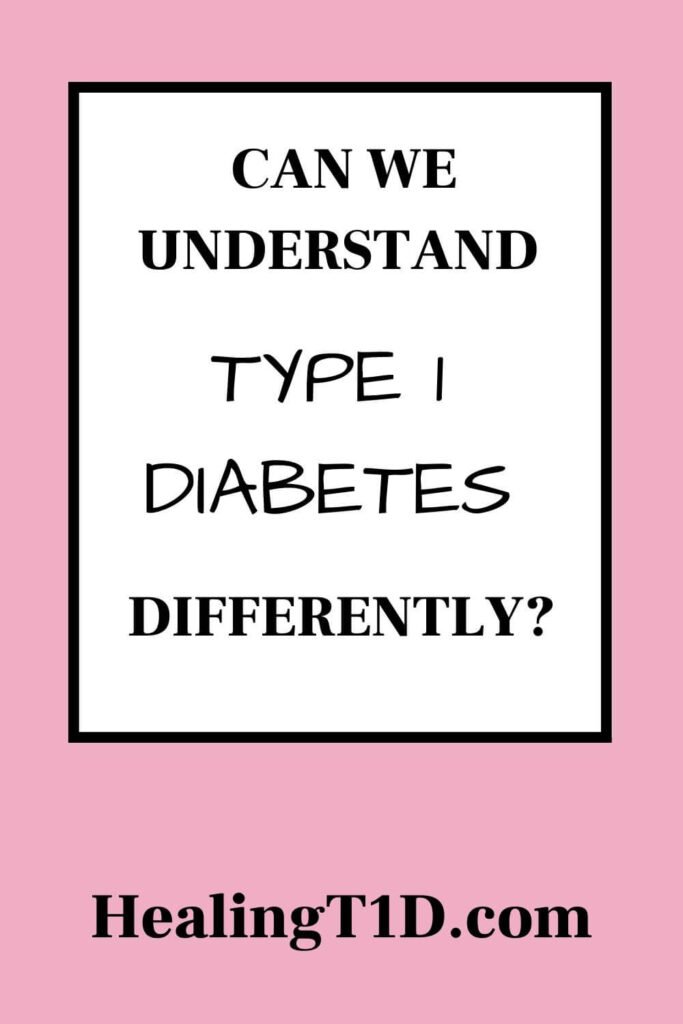
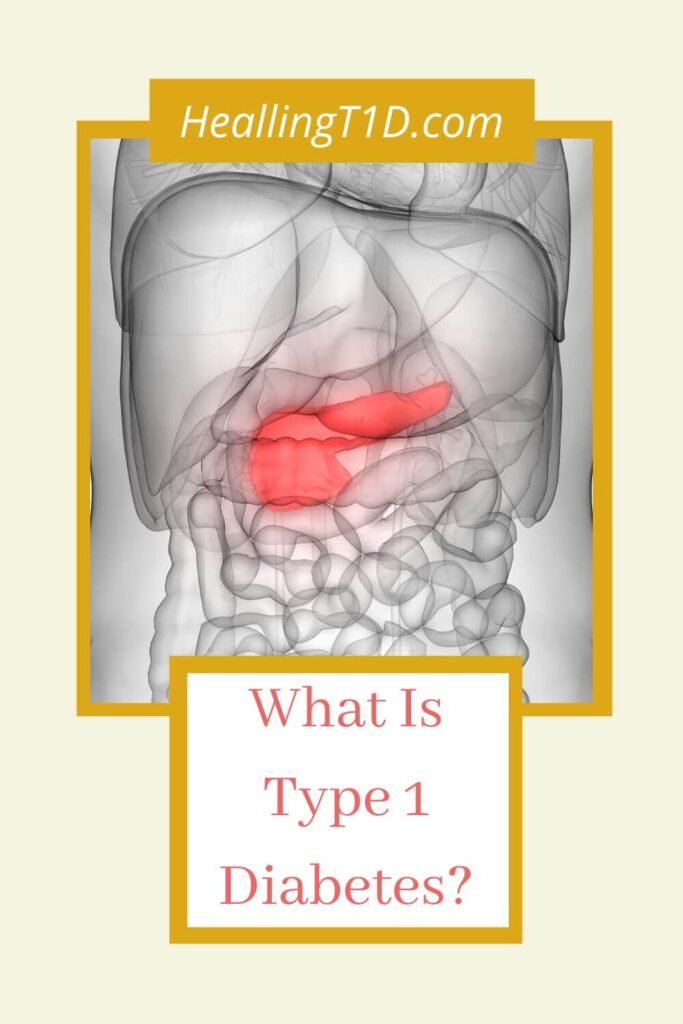
Recent Comments: